1. DEIB (Diversity, Equity, Inclusion, and Belonging) extends beyond DEI by prioritizing belonging and ensuring employees feel valued and connected.
2. Key DEIB elements include promoting diversity, ensuring fairness through equity, fostering inclusion, and creating a sense of belonging to boost creativity and collaboration.
3. Successful DEIB implementation requires addressing challenges such as employee resistance, regulatory compliance, and awareness through effective communication and ongoing monitoring.
4. Organizations should align DEIB goals with business objectives, hire leaders with the right mindset, support Employee Resource Groups (ERGs), and continuously track progress.
Today, businesses have recognized the importance of DEIB in enhancing their success and enabling them to thrive. With this growing awareness, organizations are working to reinvent DEIB to stay competitive.
DEIB is one of the most discussed topics within business circles worldwide.
Although DEIB has been part of the workplace culture for most renowned organizations, it is often nothing more than surface-level initiatives.
Hence, businesses first need to understand the concept of DIEB more deeply.
DEIB stands for Diversity, Equity, Inclusion, and Belonging. Together, these four components make businesses and their employees thrive.
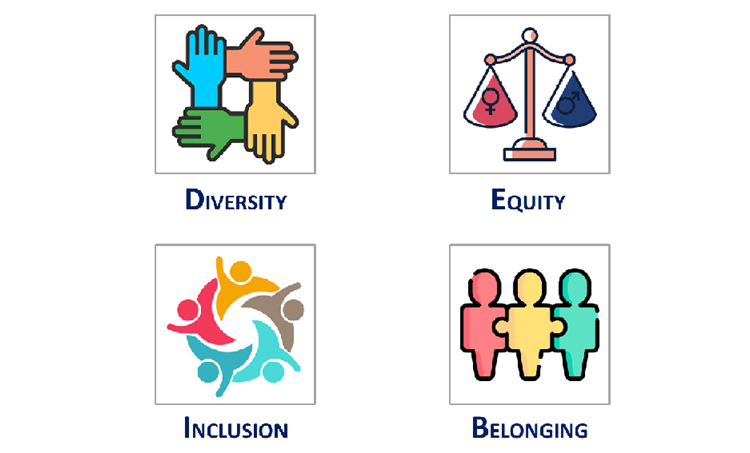
Here’s the significance of each component:

Diversity refers to the differences in an organization’s employees’ social, cultural, and even economic backgrounds.
A diverse workforce enables an organization to understand better the needs of clients from a broader range of demographics, regions, and communities.
It also helps to bring unique perspectives to the table, promoting creativity and innovation within the workforce.

Equity, the level of equality and fairness with which an organization treats every member of its workforce, is a critical factor in employee satisfaction.
By providing similar resources and opportunities to employees, organizations can ensure their workforce is happy and performing their jobs successfully, reducing employee attrition.

Inclusion, the practice of making employees feel valued and welcome within an organization, is a powerful tool for boosting confidence and self-worth.
When organizations show respect and care towards employees, irrespective of their backgrounds, they foster a deep commitment and dedication, empowering the workforce.

Belonging is all about making employees feel safe and comfortable within their work environment.
Belonging focuses on making the employees feel needed and heard, even after they have spent considerable time with the organization.
Employees who feel a sense of belonging establish more meaningful relationships with their peers and coworkers.
It also helps promote effective communication and collaboration within the workplace.
DEI stands for Diversity, Equity, and Inclusion, while DEIB stands for Diversity, Equity, Inclusion, and Belonging.

Here is the difference between DEIB and DEI:
DEI describes an organization’s efforts to create a more diverse, equitable, and inclusive environment, while DEIB goes a step further by considering whether employees actually feel like they belong in that environment.
While DEI lays the groundwork for a diverse, equitable, and inclusive environment, DEIB builds on this foundation by fostering a sense of belonging and ensuring everyone feels valued and connected.
Organizations need to understand best practices for the reinventing DEIB.
Here are the most common challenges faced by organizations in this context and the best practices to work around them:
1. Managing Employee Discontent
2. Ensuring Regulatory Compliance
3. Developing Relevant Recognition Strategies
4. Creating Higher Levels of Awareness


Organizations that implement DEIB initiatives often encounter resistance from employees due to their inability to adapt to the changes introduced.
It may be due to their fear of losing their status or job security due to the impending change.
The lack of trust and communication between employees and management regarding DIEB’s benefits often breeds discontent among the workforce.
Managing employee dissatisfaction is essential to successfully implementing DIEB policies to create a growth-oriented work environment.
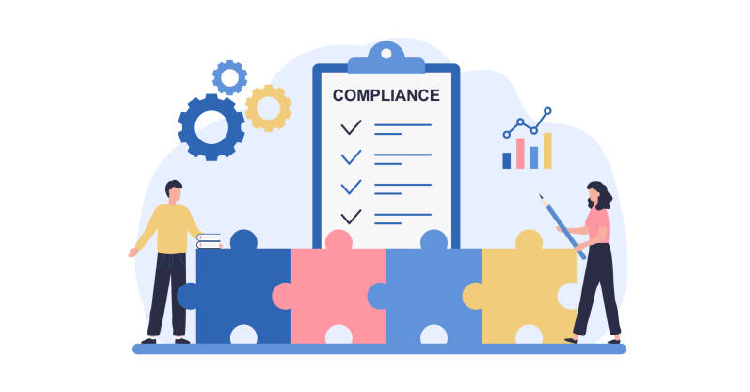
Ensuring regulatory compliance is another major challenge organizations face when implementing DIEB as part of their HR strategy.
Organizations must navigate the complex legal landscape while considering local, state, federal, and international laws.
They must adequately understand the diverse jurisdictions and the implications of non-compliance with these laws.
Minimizing the risk of legal penalties and ensuring complete compliance with the relevant regulations is essential.

Organizations need to develop employee recognition strategies that align with their Diversity, Equity, Inclusion, and Belonging (DEIB) initiatives.
They need to ensure that the recognition strategies are in tandem with the cultural sensitivities of the diverse workforce.
Additionally, recognition strategies must consider employees’ diverse needs and expectations, ensure proper customization and personalization, and maintain a fair and equitable process.

Organizations must provide employees with proper training and information about the DIEB initiatives.
They need to organize such sessions with the diverse awareness and understanding of employees in mind.
Organizations also need to ensure the continuous evolution of these training programs and measure their engagement and impact.
Reinventing DIEB requires organizations to examine their organizational culture, HR practices, and policies more closely.
It makes it easier for organizations to adopt the right approach and implement it highly effectively.
Here are the steps that organizations need to take to improve their DIEB policies:
1. Focus on the Objectives of DEIB
2. Align DEIB Goals with Business Objectives
3. Hire Leaders with the Right Mindset
4. Update and Communicate Policies
5. Encourage DEIB Discussions
6. Create Employee Resource Groups (ERGs)
7. Track and Monitor the Progress Of DEIB Policies
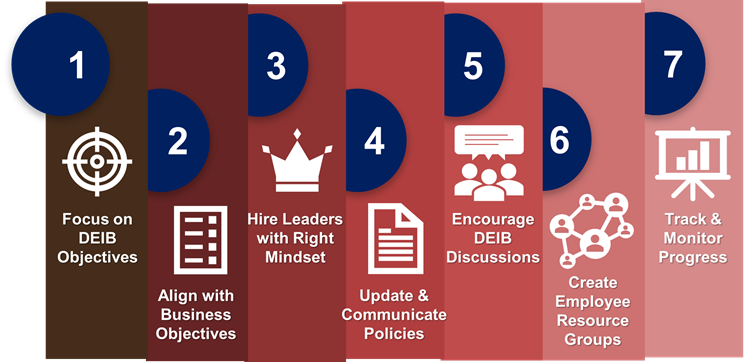

Reinventing DEIB should not be done at the cost of losing focus on its key objectives. This is especially true for organizations moving from DEI to DEIB.
Organizations should revise and review existing policies before developing new ones and build on them to maintain long-term objectives.
The idea should be to foster an environment where employees’ diversity is not a barrier to their respect, value, and appreciation.
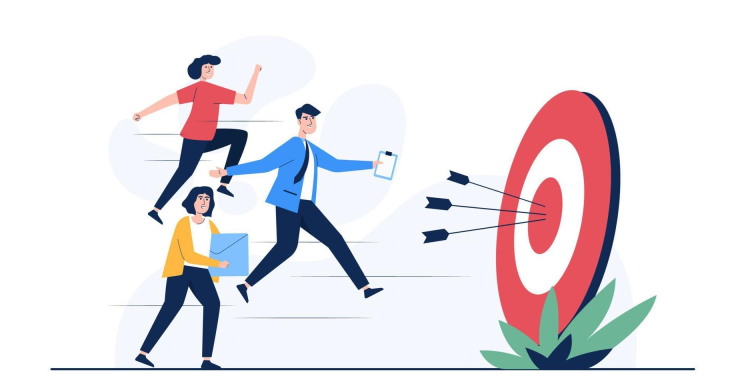
Aligning DEIB objectives with organizational goals should be integral to enhancing the policies. This ensures that DEIB is vital to decision-making and policy development.
This alignment helps create a thriving and sustainable work environment. It also enhances the organization’s employer brand value among millennials and Gen Z, for whom Diversity, Equity, Inclusion, and Belonging (DEIB) are top priorities.
It also helps improve talent retention for the organization, besides fostering a culture of creativity and collaboration.

Hiring leaders who clearly understand all the DEIB components is key to effectively reinventing it.
Awareness of the need for and benefits of a diverse workforce, as well as the distinction between inclusion and belonging, enables such leaders to develop the right policies.
The leaders should possess the knowledge and skills to promote the concept of DEIB and integrate it seamlessly into the organization’s mission, vision, and value systems.
Holding the leaders accountable for advancing the DEIB objectives is equally important. For this, they need to implement transparent metrics and conduct regular assessments of the progress made.
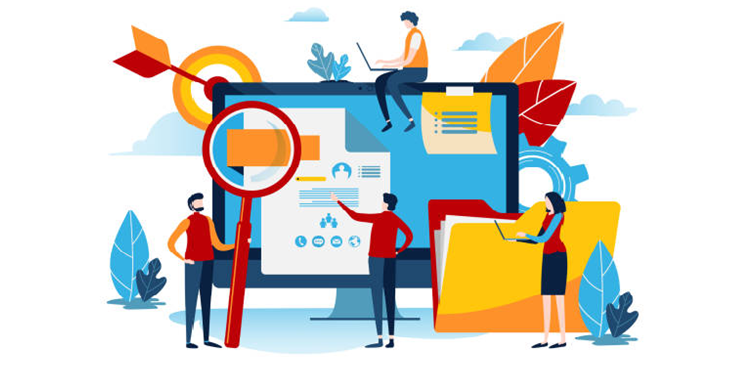
Organizations should systematically reinvent DEIB and offer benefits that cater to diverse employee needs, such as flexible working arrangements, parental leave, and mental health support.
Regular and transparent communication helps employees understand the meaning and significance of each component of DEI and B.
It helps minimize confusion about the new policies and enables employees to understand and adopt each recommendation and change.
This way, organizations can implement the necessary changes to DEIB policies more effectively.

Organizations should encourage employees to participate in discussions about reinventing DIEB policies.
DIEB discussions help organizations understand how their workforce perceives this concept.
In addition to boosting employee knowledge about the topic, such discussions also help highlight the concerns of underrepresented groups within the workforce and assure employees that their ideas and perceptions are valued.
These discussions also bring to the forefront any discrepancies and shortcomings in the current DEIB policies that need to be rectified before improving them is considered.
Most importantly, it helps organizations gain valuable insights into the overlapping interests and identities of employees from diverse backgrounds.
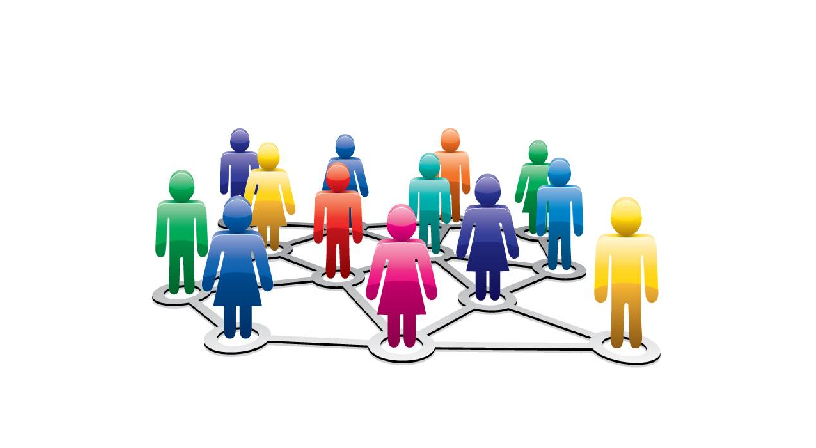
Also known as affinity groups or business resource groups, voluntary, employee-led groups are typically formed based on shared characteristics or life experiences.
ERGs aim to create a diverse and inclusive work environment that aligns with the organization’s mission, values, goals, business practices, and objectives.
ERGs focus on supporting underrepresented or marginalized groups within the organization, such as women, ethnic minorities, LGBTQ+ employees, veterans, people with disabilities, and more.
Organizations must support such groups through funding, executive sponsorship, and other resources.
These groups conduct networking events, workshops, mentorship programs, and other initiatives that support professional development.

Tracking and monitoring the progress of DIEB policies is essential to measuring their impact.
It helps ensure that the introduced changes are going in the right direction and offers insights about what needs to be done to improve the policies further.
It also helps organizations identify opportunities to drive positive change and foster an environment of diversity, equity, inclusion, and belonging.
Organizations can then adapt and evolve their DIEB strategies to align with changing organizational needs and the evolving work environment.
Organizations today need to take proactive measures to reinvent DIEB. This is essential for creating a more equitable and inclusive work environment where employees feel safe, empowered, and motivated to drive business growth and success.

Lead author: Sagar Chaudhuri, the Co-Founder and CEO of HiFives. He is an HR Tech Evangelist with over 25 years of experience in both corporate and entrepreneurial settings. Previously, Sagar has held leadership roles with companies such as Genpact, Infosys, and ICICI Bank. He has an engineering degree from IIT Kharagpur and an MBA from IIM Lucknow. Connect on LinkedIn
To stay updated on the latest HiFives blogs, follow us on Twitter (@MyHiFives)